1/5




PVC-U Plastic Pipe Card PVC-U Pipe Fittings
$0.07 / Pieces
- FOB Price:
- Negotiable | Get Latest Price
- Order Quantity:
- 1 Set / Sets
- Supply Ability:
- 1000 Set / Sets per Month
- Port:
- shanghai
- Payment Terms:
- T/T L/C D/P D/A Credit Card PayPal Cash Escrow Other
- Delivery Detail:
- 5 days
Hot in store
-

Good Tensile Strength Torx Head Plastic
$0.03 -

PVC-U Plastic Pipe Card PVC-U Pipe Fitt
$0.07 -

One Word Set Bolts and Screws
Inquiry -

Hexagon Locating Bolts and Screws
Inquiry -

Black Nylon Tightening Screw Bolts
$0.74 -

Outer Hexagon Bolt
Inquiry -

Nylon Mat
$0.02 -

Good Acid Resistance Good Alkali Resist
$0.04
Product Details
Product Name: PVC-U Plastic Pipe Card, PVC-U Pipe Fittings Model NO.: M12 Trademark: FUMA Transport Package: Cartons Specification: M12 Origin: China HS Code: 3926909090 Product Description 1. Density: PP is less dense than all synthetic resins, only 0.90-0.91g/cm3, which is about 60% of the density of PVC. This means that more products of the same volume can be produced from the same weight of raw materials.2. Mechanical properties: PP has good tensile strength and rigidity, but poor impact strength, especially at low temperature. In addition, if there is orientation or stress in the forming process, the impact strength will also be significantly reduced. Although the impact strength is poor, its mechanical properties can compete with engineering plastics with higher cost in many fields after modification such as filling or strengthening.3. Surface hardness: The surface hardness of PP is lower than that of PE in five kinds of general plastics. When the crystallinity is high, the hardness increases correspondingly, but it is still lower than PVC, PS, ABS and so on.4. Thermal properties: Among the five general plastics, PP has better heat resistance. PP plastic products can work for a long time at 100 C, without external force, PP products will not deform when heated to 150 C. After using nucleating agent to improve the crystalline state of PP, the heat resistance of PP can be further improved. It can even be used to make utensils for heating food in microwave oven.5. Stress Cracking Resistance: Residual stress in moulded products or long-term work under sustained stress will cause stress cracking. Organic solvents and surfactants can significantly promote stress cracking. Therefore, stress cracking tests are carried out in the presence of surfactants. The commonly used additive is alkyl aryl polyethylene glycol. The results show that the stress cracking resistance of PP immersed in surfactant is as good as that in air, and the smaller the melt flow rate of PP (the higher the molecular weight), the stronger the stress cracking resistance of PP.6. Chemical stability: PP has excellent chemical stability and is inert to most acids, bases, salts and oxidants. For example, in concentrated phosphoric acid, hydrochloric acid, 40% sulfuric acid and their salts at 100 C, they are stable, and only a few strong oxidants, such as fuming sulfuric acid, can make them change. PP is a nonpolar compound. It is very stable to polar solvents, such as alcohols, phenols, aldehydes, ketones and most carboxylic acids. However, it is easy to dissolve or swell in some nonpolar organic solvents.7. Gas tightness (gas barrier): PP has a certain permeability to oxygen, carbon dioxide and water vapor. Compared with nylon (PA) and polyester (PET), PP is much worse for high barrier plastics, such as PVDC and EVOH. But compared with other non-plastic materials, its air tightness is quite good. The air tightness can be greatly improved by adding barrier materials or coating barrier plastics on the surface.8. Aging property: There are tertiary carbon atoms in PP molecule, which are easy to break and degrade under the action of light and heat. PP without stabilizer will become brittle when heated for more than half an hour at 150 C or exposed to sunshine for 12 days. PP powder without stabilizer will degrade seriously in indoor shelter for 4 months and emit obvious acid taste. Adding more than 0.2% antioxidant before granulation of PP powder can effectively prevent degradation and aging of PP during processing and use. Antioxidants can be divided into two categories: free radical chain reaction terminators (also known as main antioxidants) and peroxide decomposition agents (also known as auxiliary antioxidants). Rational combination of main and auxiliary antioxidants will play a good synergistic effect. At present, the recommended B215 antioxidant is composed of main antioxidant 1010 (phenols) and auxiliary antioxidant 168 (phosphite) in a ratio of 1:2. In order to prevent photoaging, ultraviolet absorbent is needed in PP. It can convert ultraviolet absorption of 290-400 nm into longer wavelength without destructive effect. For PP plastic products buried in soil or used in indoor shelter from light, only main and auxiliary antioxidants can be added, without adding ultraviolet absorbents.9. Electrical properties: PP is a non-polar polymer with good electrical insulation, and its water absorption is very low, so its electrical insulation will not be affected by humidity. The dielectric constant and dielectric loss factor of PP are very small, and are not affected by frequency and temperature. The dielectric strength of PP is very high and increases with temperature. These are beneficial to electrical insulation materials in wet and hot environment. On the other hand, the surface resistance of PP is very high. In some cases, antistatic treatment must be carried out first.10. Good processing performance: PP belongs to crystalline polymer, its particles will not melt until a certain temperature, unlike PE or PVC, which softens with the increase of temperature in the heating process. once a certain temperature is reached, the PP particles melt rapidly, and all of them can be converted into a melting state within a few degrees. The melt viscosity of PP is relatively low, so the processing fluidity of PP is good. Especially when the melt flow rate is high, the melt viscosity is smaller. It is suitable for injection moulding of large thin-walled products, such as washing machine inner barrel. After leaving the die, if PP is cooled slowly in air, larger grains will be formed and the transparency of the product is low. If the PP molecule is rapidly frozen in water (as in the case of blown-water cooling), it can not form crystals. At this time, the film is completely transparent. The shrinkage rate of PP is larger than that of ABS plastics (0.5%). The shrinkage of PP can vary with the type and amount of other materials added, which should be carefully considered in the manufacture of injection moulding products with matching dimensions.
Contact with Supplier
Recommend product
-
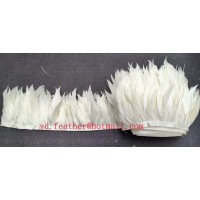
Stripped Soft Goose Fe
$3.00 -
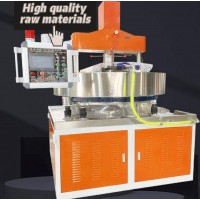
plastic ball grinding
$30000.00 -
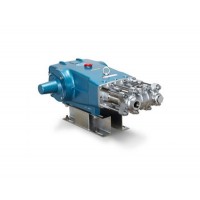
CAT piston pump 281
$4000.00 -
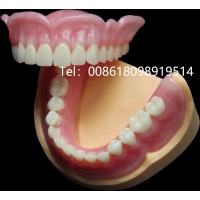
Droichead Zirconia Plu
$10.00 -
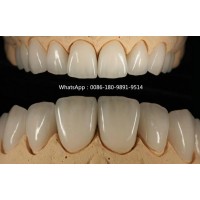
E.max crown, Veneer, I
Inquiry -
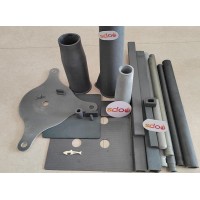
ReSiC Beams/plates/bur
$16.00 -
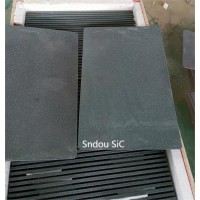
RSiC Slabs Boards Tile
$15.00 -
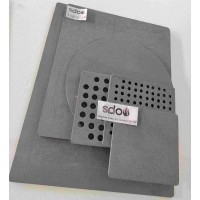
RSiC Batts as Kiln she
$15.00 -
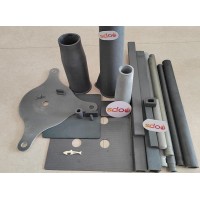
RSiC Tube by recrystal
$10.00 -
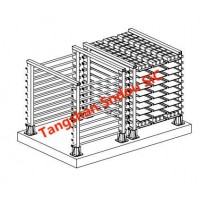
RSiC Kiln Furniture (B
$16.00 -
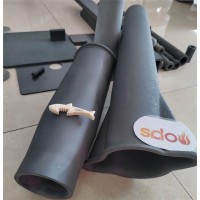
RSiC Burner Nozzle Fla
$18.00 -
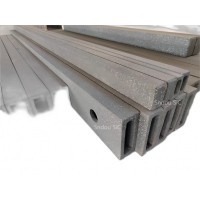
RSiC Beam Support Pill
$16.00 -
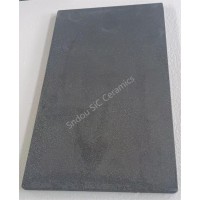
RSiC plate Slab Board
$15.00 -

NSiC Tube Pipes by Nit
Inquiry -
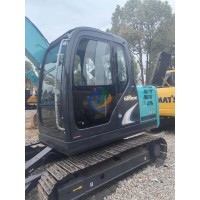
used excavator hudraul
$16600.00 -
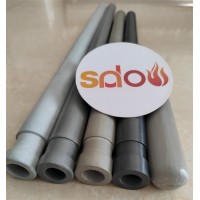
NSiC Thermocouple Prot
Inquiry -

Stalk Riser Tube for L
Inquiry -
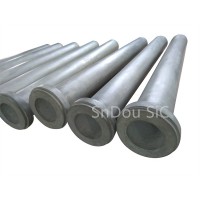
NSiC Ceramic Heater Pr
Inquiry -

RSiC NSiC Ceramic Kiln
Inquiry -
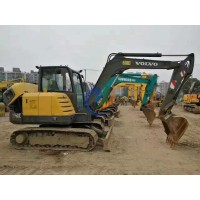
used excavator hudraul
$11500.00
Product parameters
closure
This shop is operated by agent
- Set up shop
- Authorized by Manufacturers & Suppliers online marketplace B2B platform GongWong.com, can provide agency service
- Service Introduction
- Authorized product, Internet cloud promotion service integrating certification promotion and procurement inquiry
- Intelligent website construction
- PC terminal + mobile terminal, create a cost-effective corporate website!
closure